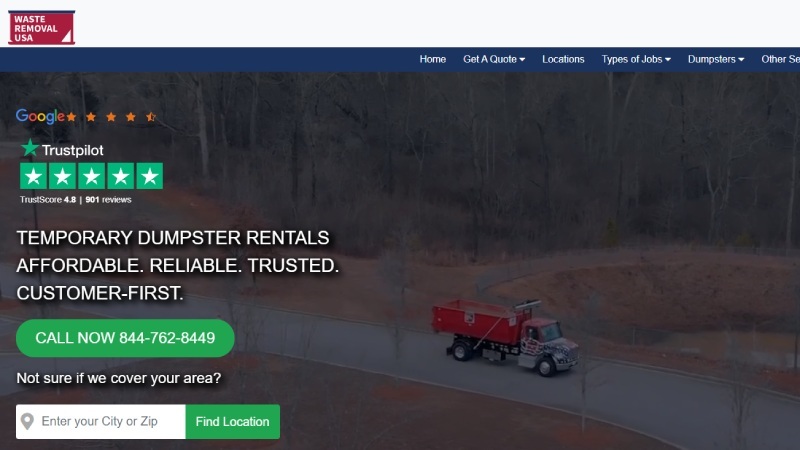
Storms can bring a range of challenges, from minor inconveniences to major damage. Whether it’s a severe thunderstorm, a winter blizzard, or a hurricane, it’s crucial to take steps to protect your home and property both during and after the event. Taking a proactive approach can minimize damage, ensure safety, and help you recover more quickly.
Immediate Post-Storm Safety Measures
Your safety is the top priority. After the storm passes, take these immediate precautions:
- Wait for the All Clear: Don’t venture outside until authorities have declared it safe. Flooding, downed power lines, or structural damage can pose serious hazards.
- Inspect for Damage: Once it’s safe to go outside, carefully inspect your property for any visible damage. Look for things like roof damage, downed power lines, damaged trees, and flooding.
- Beware of Electrical Hazards: If you see downed power lines, stay away and report them to the utility company. Do not touch any electrical equipment if you are standing in water.
- Document Damage: Take photos and videos of any damage to your property. This documentation will be essential when filing insurance claims.
Protecting Your Home from Further Damage
Once you’ve ensured your safety, take these steps to prevent further damage:
- Remove Debris: Clear any debris from your property, such as fallen branches, tree limbs, and other obstructions. This will help prevent accidents and make it easier to assess the damage.
- Address Roof Damage: If you have roof damage, try to cover the affected areas with tarps to prevent leaks. However, use extreme caution when working on a roof. If the damage is significant, it’s best to call a professional.
- Cover Broken Windows and Openings: Use plywood or tarps to cover any broken doors, windows, or other openings in your home. This will help protect the interior from further exposure to the elements.
Dealing with the Storm Debris
Storms often leave behind a significant amount of debris, which can be overwhelming. Here’s how to manage it:
- Separate Debris: If possible, separate different types of debris, such as yard waste, construction materials, and household items. This can make disposal simpler.
- Check Local Regulations: Contact your local municipality or waste management department to find out about any specific regulations or guidelines for storm debris disposal.
- Consider Professional Help: For large amounts of debris, consider hiring a professional waste removal service. Their services, such as providing a home dumpster rental, can help you safely and efficiently remove and dispose of storm debris.
Preventing Future Storm Damage
While you can’t prevent storms, you can take steps to minimize potential damage:
- Regularly Maintain Trees: Trim trees regularly to remove any dead or overhanging branches that could fall during a storm.
- Secure Outdoor Items: Before a storm, secure or bring inside any outdoor furniture, decorations, or other items that could be blown away.
- Clean Gutters: Keep your gutters clean and free of debris to ensure proper drainage and prevent water damage.
Conclusion
Recovering from a storm can be challenging, but by taking the right steps, you can protect your home, ensure your safety, and minimize the long-term impact. Remember to prioritize safety, document damage, prevent further damage, and address the cleanup. Proper storm damage cleanup is essential to get your home back to normal. In the aftermath of a storm, dealing with the remnants is a key part of the recovery process, and for extensive cleanup needs, professional waste removal can be invaluable. By being prepared and proactive, you can weather the storm and get your life back on track as quickly as possible.